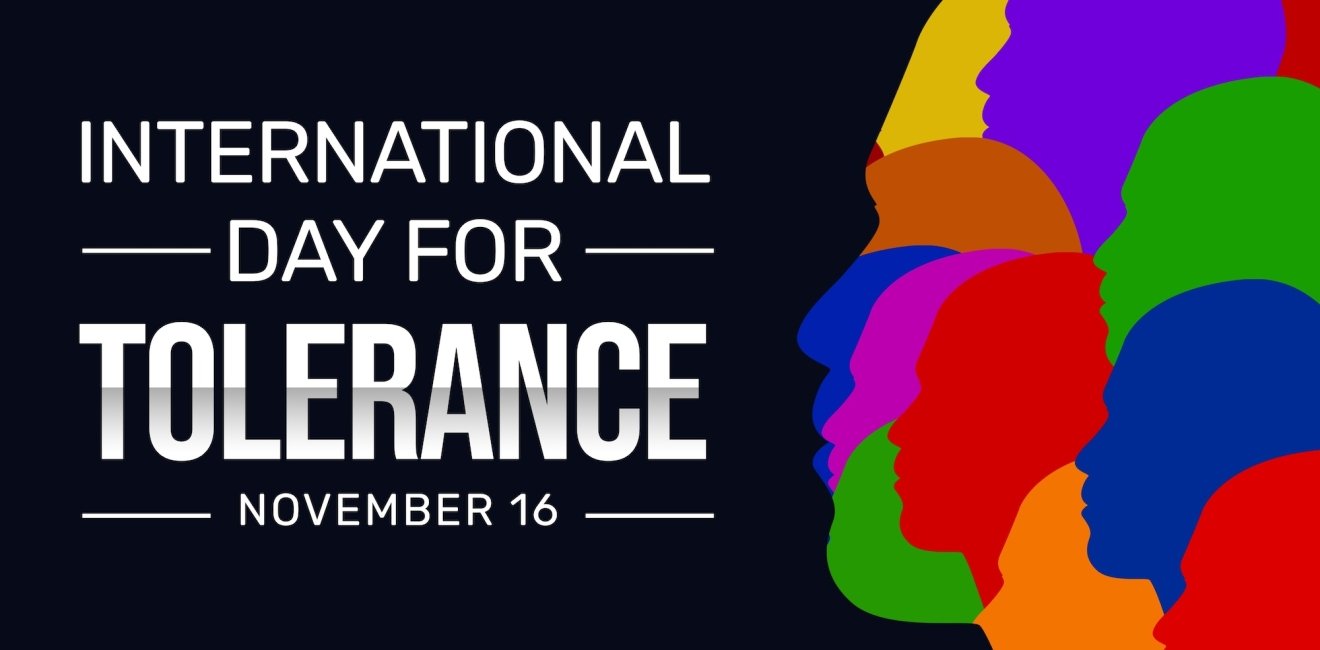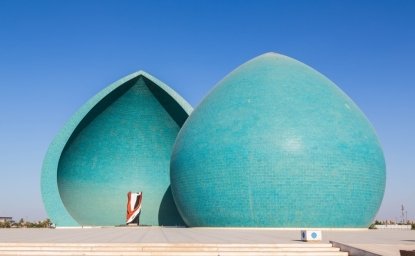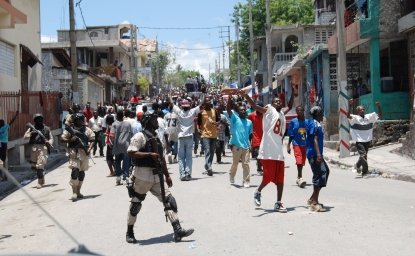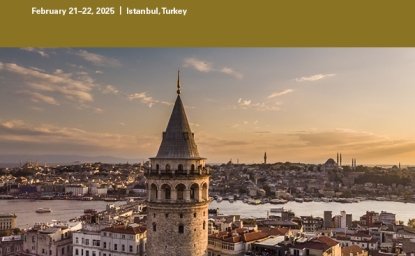As the world commemorates the International Day for Tolerance, the Middle East stands at a critical juncture. This commentary aims to dissect the history of tolerance and intolerance in the region and serve as a roadmap for fostering tolerance, focusing on the conflict between Hamas and Israel. The challenges are manifold, but so are the opportunities for meaningful change.
To comprehend intolerance in the Middle East, one must delve into its complex history shaped by colonial legacies...
To comprehend intolerance in the Middle East, one must delve into its complex history shaped by colonial legacies, such as those discussed by Edward Said in “Orientalism.” Events like the Sykes-Picot Agreement and European mandates have imposed arbitrary borders and governance systems, often fueling long-standing conflicts by favoring certain minorities. While the region historically experienced tolerance during the Islamic Golden Age and the Ottoman Empire’s Millet system, post-World War I interventions, the ascent of nationalism, and political strife have eroded this tolerance. Reviving tolerance necessitates a grasp of historical intricacies, adapting coexistence principles to contemporary contexts, and addressing modern challenges like globalization and political dynamics.
Challenges to Tolerance
Two significant challenges to tolerance in the Middle East are sectarianism and ethnic tensions. In post-2003 Iraq, the fall of Saddam Hussein led to a power vacuum, intensifying Sunni-Shia tensions. The new government, perceived as Shia-favoring, marginalized Sunnis, aiding groups like ISIS and deepening sectarian divides. Lebanon’s sectarian-based political system, while aiming for equitable representation, often resulted in political deadlock and heightened sectarian tensions, as seen in its crises. In Turkey and Syria, Kurdish groups seeking autonomy face backlash. Yemen’s conflict, involving the Houthi movement and a government backed by a Sunni-led coalition, reflects deep sectarian and political rifts, often seen as part of a larger Iran-Saudi Arabia regional power struggle (Lewis, 1997).
In recent years, one significant challenge has been the growing self-confidence of key regional states and their leaders, with the declining US interest in the region exacerbating tensions while fostering tolerance harder. Saudi Arabia, under Crown Prince Mohammed bin Salman, and Turkey, led by President Recep Tayyip Erdoğan, exemplify a trend of regional assertiveness.
Saudi Arabia’s military intervention in Yemen and the blockade of Qatar, along with Turkey’s involvement in Syria and Libya, show assertive strategies that exacerbate tensions. Iran, particularly through proxies in Syria, Iraq, Lebanon, and Yemen, is also part of this trend, aiming to extend its reach and counter US and allied presence. This self-assertion exacerbates sectarian, ethnic, and political divisions, complicating the establishment of frameworks necessary for fostering tolerance and resolving conflicts.
Tolerance and The Israel-Hamas Conflict
The Israel-Hamas conflict is not merely a dispute over territory; it’s deeply rooted in historical, religious, and social complexities. The conflict has been exacerbated by a lack of mutual recognition and respect for the other’s right to exist and live in security. This absence of basic and essential tolerance has often led to a cycle of violence and retribution.
While tolerance alone cannot resolve conflict, it can be a foundational element for peacebuilding initiatives.
While tolerance alone cannot resolve conflict, it can be a foundational element for peacebuilding initiatives. Practicing tolerance does not imply passivity or acceptance of violence. Instead, it calls for active engagement in creating an environment where differences can be addressed constructively and everyone’s rights and dignity are upheld. It’s about fostering a culture that values dialogue over confrontation and seeks to understand the humanity of the other. The actions taken by the Biden Administration to combat antisemitism and islamophobia and Queen Rania of Jordan’s approach show the practical applications of tolerance in peacebuilding, demonstrating how effectively practiced and articulated tolerance can ease tensions and encourage peaceful coexistence, even in conflict-ridden areas.
Amid the Hamas-Israel conflict, the Biden administration’s actions emerged as a beacon of hope. Initially a quiet revolution led by educators combatting bigotry, it transformed into a movement fostering understanding and respect even in adversity. Beyond a mere program, it became a vigilant protector, nurturing community dialogue and trust. Advocates championed peace policies, resonating with global leaders. These actions created a global tapestry of solidarity, standing firm against hate for a world where coexistence prevails.
Another good example of tolerance in practice is the US National Strategy to Counter Antisemitism, from May 2023, which addresses uneven and incomplete hate crime data reporting. Furthermore, the Khalid Jabara-Heyer NO HATE Act, signed by President Biden in 2021, improves hate crime statistics collection. The FY24 budget proposes $15 million for the NO HATE Act, supporting state and local efforts in reporting, training, and community resilience. Entities involved include the White House Office of Science and Technology Policy, FBI, Department of Defense, and General Service Administration. The initiative emphasizes collaboration across sectors, calling for engagement from private, philanthropic, and local non-governmental actors.
Queen Rania of Jordan’s recent speech showcases the importance of tolerance as a transformative tool that helps mitigate tensions and foster peaceful coexistence. She articulated a nuanced interpretation of tolerance that is highly relevant to the crisis and emphasized that being pro-Palestinian does not equate to being anti-Semitic or supporting Hamas or terrorism. This distinction is crucial in promoting tolerance, as it allows for the support of a people’s rights and aspirations without demonizing or delegitimizing the other side.
Threads of Tolerance in the Heart of Conflict
In a region steeped in history and cultural diversity, a story of hope and resilience can still emerge, particularly between Israel and Palestine. It starts with individuals on both sides recognizing their shared humanity and moving beyond hostility toward empathy.
This evolving narrative emphasizes mutual respect and recognition of historical ties between Israelis and Palestinians to the land. While not ignoring past grievances, this acknowledgment opens the path to a future of coexistence. Voices from various backgrounds unite against extremism, promoting moderate perspectives and peace. Advocates for tolerance can become symbols of hope, fostering dialogue over discord and shaping a future where peace is a tangible reality.
Fostering tolerance amidst conflict and peace demands a comprehensive strategy engaging policymakers, civil society, and individuals.
However, finding a concrete call to action that could apply to policymakers, civil society, and individuals is hard. Fostering tolerance amidst conflict and peace demands a comprehensive strategy engaging policymakers, civil society, and individuals. This approach is informed by insights from international organizations like The United Nations Development Programme and Reports by the International Crisis Group, as well as a variety of academic sources that provide a blend of practical and theoretical guidance for promoting tolerance across various societal sectors.
The most important objectives for policymakers are integrating tolerance, peace education, and intercultural understanding into national curricula addressing diversity in histories and cultures. Legislatures must also enact and enforce anti-discrimination laws, addressing hate speech and violence to protect minority rights and ensure equality. Societies must also promote inclusive governance, ensuring diverse representation in government bodies to reduce marginalization and foster a sense of belonging. Lastly, clear guidelines for responsible media reporting must be implemented to prevent the spread of sectarian rhetoric.
Civil society organizations must organize interfaith and intercultural dialogues to encourage understanding and empathy among communities. Capacity building is necessary to train community leaders in conflict resolution, nonviolent communication, and peacebuilding. Public awareness campaigns organized by civil society must challenge stereotypes and prejudices, and partnerships with schools and universities should be coordinated to set up workshops promoting tolerance and critical thinking. Lastly, and most importantly, the responsibility for tolerance falls on individuals. If you want to promote and live in a more tolerant society, you must learn about different cultures and religions to break down the misconceptions that we all carry. Actively participate and engage in community events promoting intercultural and interfaith understanding. Advocate for tolerance and against discrimination using personal networks and social media. And, of course, give your time by volunteering with organizations working towards peacebuilding and community cohesion. On International Day for Tolerance, the current focus on the Middle East emphasizes the need for concrete actions from policymakers, civil society, and individuals to promote tolerance. The Israel-Hamas conflict can become a backdrop for broader discussions on understanding and tolerance. Queen Rania’s insights and the Biden Administration’s actions exemplify tolerance’s transformative power. The day serves as a reminder to combat discrimination, promote inclusivity, and foster interfaith and intercultural understanding, especially in conflicts.
References
Lewis, Bernard, and לואיס, ברנרד. 1997. The Middle East: A Brief History of the Last 2,000 Years 1St Touchstone ed. New York, NY: Simon & Schuster.
The views expressed in these articles are those of the author and do not reflect an official position of the Wilson Center.








